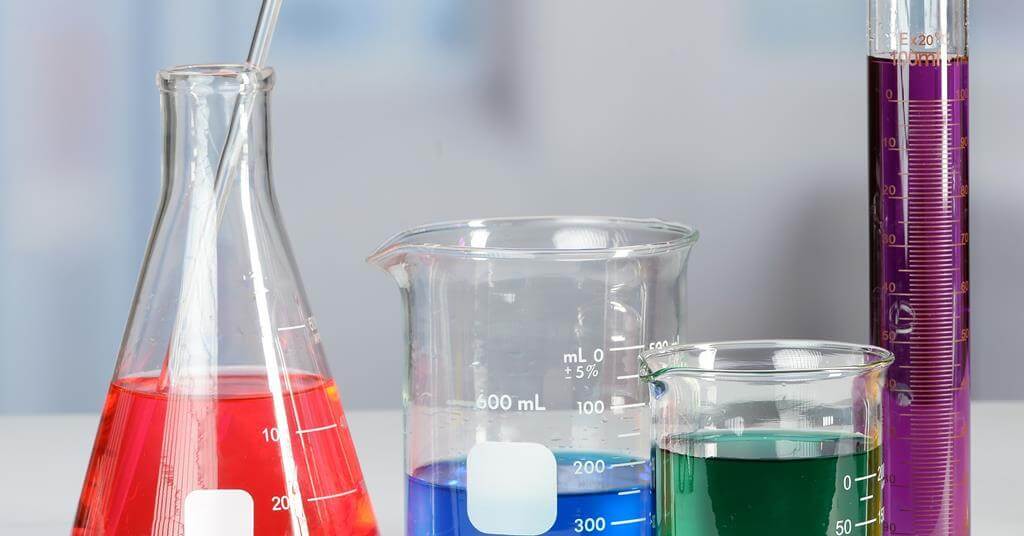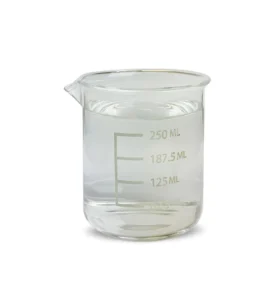A solution is a homogeneous mixture composed of two or more substances that are evenly distributed at the molecular level. When a solution is a homogenous mixture of two components, it is composed of a solute and solvent.
The component of the solution that dissolves the other component in it (i.e. the one that’s most often present in larger amounts) is called the solvent.
The component of the solution that is dissolved in the solvent (i.e. the one present in a smaller amount) is called the solute.
If you add crystals of sugar in water, it dissolves to form a homogeneous solution. Sugar is the solute while water is the solvent.

Types of Solutions
Aqueous solution
A solution in which a substance is dissolved in water is called an aqueous solution. In other words, it is a solution in which water serves as the solvent or where water is the medium in which another substance (the solute) is dissolved.
In general, inorganic compounds dissolve in water.
Water is commonly referred to as the universal solvent because it can dissolve a wide variety of substances.
Examples of aqueous solutions include any solids, liquids, or gases dissolved in water, such as:
- Salt dissolved in water
- Sugar dissolved in water
- Carbon dioxide dissolved in water
- Acid solutions
- Base solutions
Non-aqueous solution
A solution obtained by dissolving a substance in a liquid other than water is called a non-aqueous solution. The solvent in non-aqueous solutions is typically liquids such as acetone, ethanol, or hexane. Other commonly used non-aqueous solvents are methanol, chloroform, carbon tetrachloride, propanone, benzene, and carbon disulphide among others. These solvents are often used in situations where water may not be suitable due to its properties or limitations.
Examples of non-aqueous solutions include:
- Sugar dissolved in ethanol
- Bromine dissolved in carbon tetrachloride
- Iodine dissolved in ethanol
- Sulphur dissolved in carbon disulphide
In general, organic compounds dissolve in non-aqueous solvents.
Saturated and Unsaturated Solutions
There exists a concentration at which no further solute will dissolve in a solution at a given temperature. At this point, the solution is said to be saturated.
So, a saturated solution can be defined as a solution in which no more solute can be dissolved at a particular temperature.
A solution in which more quantity of solute can be dissolved at a particular temperature is called an unsaturated solution.
We also have a supersaturated solution. This is a solution that contains more solute than required to prepare a saturated solution at any fixed temperature.



